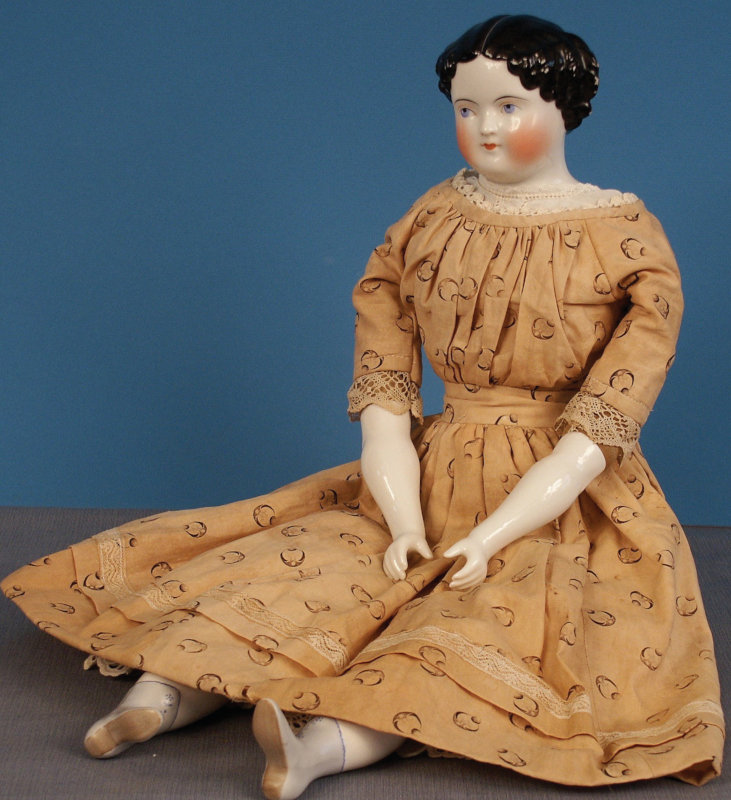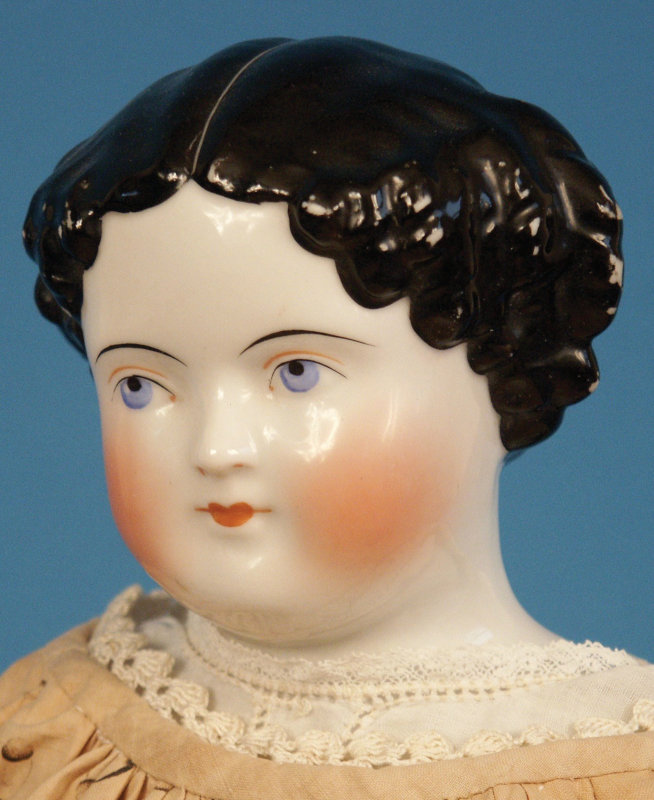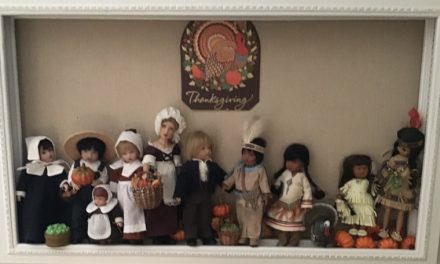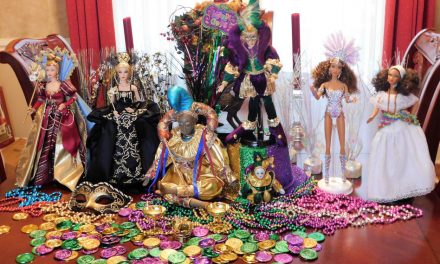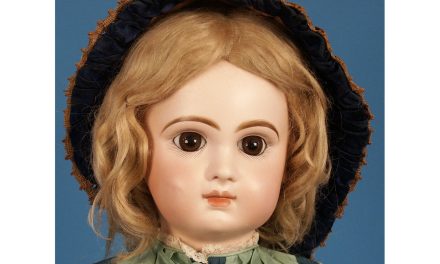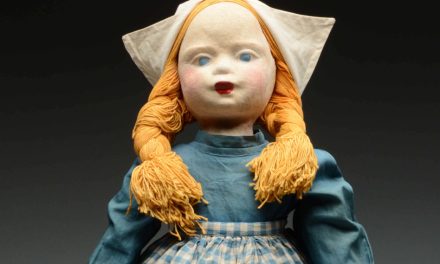By Jan Foulke
Q: My grandmother had a large doll collection with many antiques. She left me this doll. She told me about it, but I have forgotten over the years as I didn’t write it down. Could you give me some information about it? I am passing it down to my daughter and want to include its history.
A: I would be delighted to help you! This type of antique doll is called a china by collectors. It has a head and shoulder plate molded of china, which is a glazed porcelain, just like fine dishes. China gets its name from the country of its origin. For a thousand years, it was produced in China from a secret formula not known to the West. German chemists studied the China porcelain and discovered the formula in the early 1700s.
The first German company producing china, which was very expensive and only for the very wealthy, was KPM. It wasn’t until 100 years later that chinaware became less expensive and china heads for dolls were produced.
The heads had hairdos which reflected the times. Many of the early ones were very elaborate and today are coveted by collectors. Seeing this success, other companies were working out their own formulas.
China heads for dolls became an important product for Germany, which developed a large porcelain-making center, as it had all of the natural resources necessary for producing it: fine kaolin and sand for the porcelain paste, along with quartz and feldspar, and wood from the forests to fuel the furnaces and ovens needed to fire the mixture. Hundreds of large and small factories sprang up throughout the Thuringia section of Germany. Some were very large factory complexes; many were just backyard operations. China head dolls were first made in the 1840s and were produced for nearly a hundred years.
Most china heads are unmarked, so it’s difficult to assign them to a specific porcelain factory. Doll researchers are studying groups of dolls to determine characteristics which may help to identify a certain factory, but many specific attributions are still educated guesswork.
Some large companies which made excellent quality china heads were Alt, Beck & Gottschalck (ABG); Conta & Boehme; Dressel Kister; Kling; Kestner; Hertwig; and Kloster Veilsdorf; to name a few well-known companies. Kling and ABG heads are often marked — Kling heads with a “K” in a bell logo and ABG heads with “#” and the mold number.
Getting back to your specific doll, it was made in the 1860s. China-head dolls are dated by their hairstyles. The prevailing hairstyle in the 1860s on both humans and dolls was the flat-top, which, like your doll, features a center part with smooth crown and all-around sausage curls. Actually your doll’s hairdo would be a rounded or modified flat top, as the hair is not modeled straight across the top. Collectors often refer to this period as the “plain and plentiful” era, as china-head dolls became extremely popular during this time and millions were produced.
China-head dolls are usually, but not always, found on cloth bodies with china lower limbs — this includes your doll. The lower legs have molded shoes or boots. Those of the 1860s had flat-soled footwear. Many 1860s china dolls today have replaced bodies because over the years the cloth has become soiled or worn out. Many had broken or missing limbs replaced by reproduction parts.
When some of these bodies were replaced 40 or so years ago, collectors did not know that different periods of production featured special characteristics, so they did not always get the right types of parts with the heads. This is the case with the feet of your doll, which should be flat-soled instead of booted, and the hands, which would more likely have been spoon-shaped.
The dress on your doll is lovely and appropriate for the period. Dolls from the 1860s with plain hairdos look better in plain cotton or wool dresses than elaborate silk ball gowns. It’s difficult to tell whether it is an antique dress or a newer one made from antique fabric, but the style is correct for this period. All in all, it is a very attractive presentation.
As a doll lover, it is gratifying for me to know that this doll will be treasured as a gift from your grandmother.
Jan Foulke is an authority on antique and vintage dolls, with over 40 years of experience in the field. She’s the author of the full-color reference book “Jan Foulke’s Guide to Dolls” and writes the Antique Q&A column in each issue of DOLLS magazine. Send your antique doll questions to Jan Foulke.
Subscribe now to read Foulke’s column in every issue and to get access to her past columns in DOLLS online archive of past issues!

